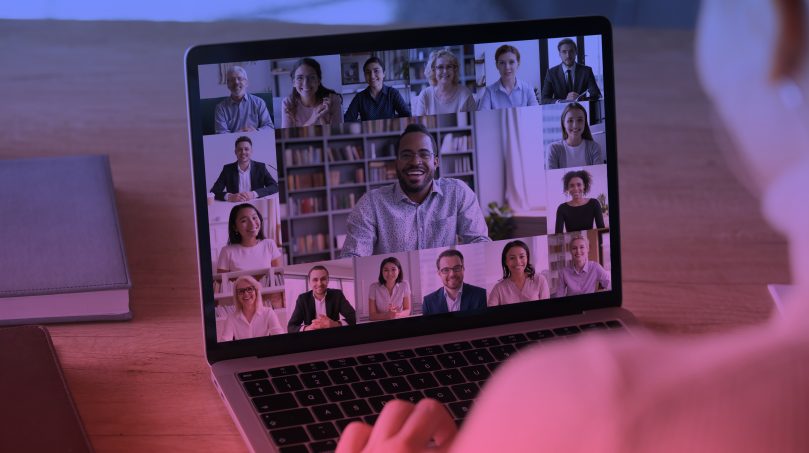In a normal market, candidates and hiring managers value the opportunity to meet in person as part of the recruitment process, to ensure a good fit prior to any final decision. Under current circumstances, however, a growing number of companies are making hiring decisions based on video conference interviews. The following article explores how to mitigate risks and bias in the remote interview process, whilst promoting a strong candidate experience.
Candidate experience
Interviewing by video conference will be a new experience for some candidates, leading to uncertainty and anxiety about how things will go. Hiring companies that manage this well will stand out from an employer brand perspective.
- Technology compatibility
Given the wide range of platforms available – Skype, Microsoft Teams, Zoom, BlueJeans, StarLeaf, Webex, GoToMeeting etc – it’s important to ensure IT compatibility. It’s unsettling for candidates to realise at the 11th hour that they can’t get a visual and audio connection – make sure you check this in advance. Many platforms have features that enable background blurring, which can also help avoid distractions and secondary sources of bias – master this beforehand and share the advice with others. - Expected protocols
Good candidates will have done their research prior to an interview but may remain unclear about other protocols. For example, is there an expectation about dress code? Most people will not be in their standard workwear – particularly those used to a formal dress code. Pre-empt this by making suggestions prior to the interview. - Scene setting
It is not unusual for home workers to be sharing space with other family members, often including pets and children. Be up front about this to avoid the stress and discomfort that comes from unexpected interruptions – this will also demonstrate empathy and help personalise the experience. - Candidate briefing
In order for candidates to make confident judgements about a role without experiencing the physical environment and/or meeting would-be colleagues in person, they need to be thoroughly briefed on the opportunity and prospects on offer. Photos, virtual tours, videos and/or social media content could add value here.
Generating the right evidence
Whilst it’s important to manage the technical and situational challenges associated with conducting VC interviews, generating clear objective data for decision-making purposes remains critical too. Although considered standard practice, it is particularly important to be criterion-led to mitigate potential unconscious bias. Be really clear on the skills, knowledge, experience, competencies, values and behaviours required for the target role and use this as the bedrock.
Once the requirement is defined, there are various ways to generate relevant, objective data as follows:
- CV-based interviews
Not the most reliable but a useful way of understanding a candidate’s background, experience and key achievements. - Structured competency-based interviews
Use targeted questions to solicit details of capabilities directly relevant to the role. - Situational interviews
Role-relevant scenarios are a useful way to understand how candidates deal with specific situations. - Self-Assessment Questionnaires (SAQs)
Often issued in advance of an interview, SAQs ask candidates to provide written evidence of their capability in specific areas. - Psychometrics
Completed in advance, online personality psychometrics can generate useful supplementary data to build into the interview. - Referencing
Referencing outside of the interview process will likely add particular value here too.
It will be important to involve multiple stakeholders throughout the process, providing exposure to a range of people and a better insight into company culture. Nonetheless, many candidates will remain unsure about accepting a job under these unusual circumstances. The key question to consider is ‘what do they really need to know to help them take that slight leap of faith?’
Natalie Douglass is director of our talent intelligence team. To find out more, please get in touch.
